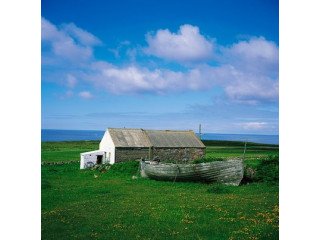How To Choose a Harmonica
2022-01-26 08:12 Automobiles Bathinda 284 views Reference: 641Location: Bathinda
Price: Contact us
When it comes to easy playability, affordability and portability, it’s hard to beat a harmonica. Despite their modest size and cost, harmonicas are capable of producing an amazing array of tones, and this versatility is reflected in the music genres in which the mighty little mouth harp plays a part. From the more obvious categories such as blues, country, and rock to more surprising musical territory such as jazz and classical music, the harmonica with its often human-like voice easily fits in.Though there are a number of specialty harmonicas, the three most common varieties fall into one of three categories based on how they are tuned: diatonic, chromatic, and tremolo harmonica. We’ll focus mainly on these while touching on a few of the less common harmonica types.
Diatonic harmonicas
The most common type of harmonica you’ll encounter in pop, blues and folk music—diatonic harmonicas are designed to play in a specific key. That said, overblowing and note-bending techniques plus playing in alternate “positions” makes it possible to play a diatonic in keys and modes other than its “official” key. A couple of players, Howard Levy and Carlos Del Junco, have developed an overblowing technique with which they play chromatically using a humble 10-hole diatonic harp.
Most chromatic harmonicas have a button-activated lever that directs air to two separate reed plates that include all the notes in the 12-tone western scale. With sufficient skill, you can play just about any scale or mode using the chromatic’s “gear shift.”
Chromatic tremolo harmonicas are popular in Asian rock and pop music. Diatonic tremolo harps are sometimes used in folk and pop music, and produce a rustic tone that’s ideal for playing cowboy songs like “Red River Valley” around the campfire.
Specialty harmonicas
Though far less common than the types we’ve already discussed, specialty children's harmonicas are popular for use in harmonica ensembles and orchestral settings. Here’s a brief overview:
The Fender Super-Champ X2 Guitar Combo Amp has a 15W power stage that gets really loud, and when overdriven produces the harmonically rich distortion that’s ideal for creating the towering “Mississippi saxophone” sound pioneered by artists like Little Walter Jacobs and Big Walter Horton. It’s very portable, and can be easily miked when playing in larger venues.
If you’re looking for more power and have a bigger budget, the Fender 65 Princeton Reverb is an authentic re-creation of the original beloved by both harp players and guitarists for decades. It’s equipped with three 12AX7 tubes and a 12AT7 in the preamp, dual Groove Tubes 6V6s in the power stage, and a single 5AR4 rectifier tube that together with the 10” Jensen speaker pour out retro “blackface” tone.














